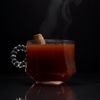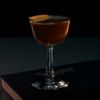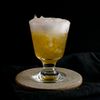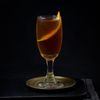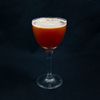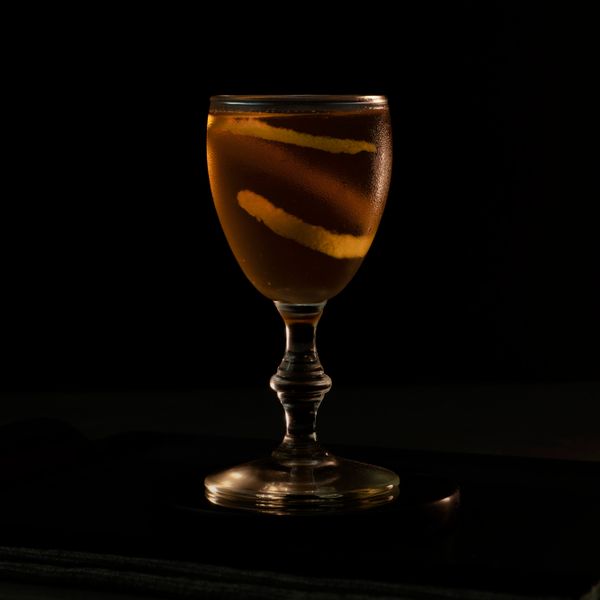
Inspiring drinks commonly emerge from inventive bar programs stocked with an enviable array of exotic bottles. Further, these bars are often well positioned to concoct time consuming components perfectly formulated to complement these spirits. As a counterpoint, Maggie Hoffman’s The One Bottle Cocktail offers an approach ideally suited to the constraints of the home bar. The cocktail guide embraces these constraints as creative fuel, featuring recipes that highlight a single spirit or bottle and resourcefully turning to the pantry to fill in the blanks. Created by Nathan Shearer of Bar Swift in London, the French Canadian employs a simple mix of cognac, champagne vinegar, maple syrup, and vanilla, which Hoffman declares a “perfect proof of concept.”
The use of vinegar may strike some as odd, but vinegars are often hidden on menus as shrubs or gastriques. There’s also historical basis for its inclusion in cocktails: shrubs were a pre-colonial method of preserving seasonal produce, and were often combined with various spirits. While shrubs are relatively easy to prepare, they take a bit of forethought and we wouldn't assume the average home bartender has the time, so we rarely call for such ingredients; the one exception being the Fionia and its use of chamomile vinegar. The beauty of the French Canadian is the use of champagne vinegar, which offers a quick and spontaneous way to experiment with these flavors.
This drink will likely appeal to those who are familiar with shrubs or who love the flavors of sour beer, but truthfully not everyone is going to love this. The nose is full of vinegar and a hint of lemon peel. The sip is incredibly sparkly and engaging at first from the vinegar, with maple sweetness and nutty cognac most present afterward. A little heat from the cognac and a bracing vinegar finish partner with warm vanilla, which adds a nice balance. Champagne vinegar lies on the lightest end of the vinegar spectrum, allowing the rich flavors of its bedfellows to shine, while adding an acidity more complex than citrus. The drink cleverly highlights a diverse range of grape flavors, from champagne vinegar to cognac. Maple and vanilla play off each other to create a warm depth of flavor, with the vanilla standing out more than the maple.
As a drink designed around one bottle, spirit selection will make a significant impact, so use a good Cognac like Pierre Ferrand or Dudognon. If you’re feeling hesitant about the acidity of this drink, try going a little light on the vinegar to start. You can always add more to taste, and not all vinegars are created equal. Finally, please use real maple syrup. That bottle of log cabin hiding under the counter won’t provide the necessary depth of flavor for a cocktail.



